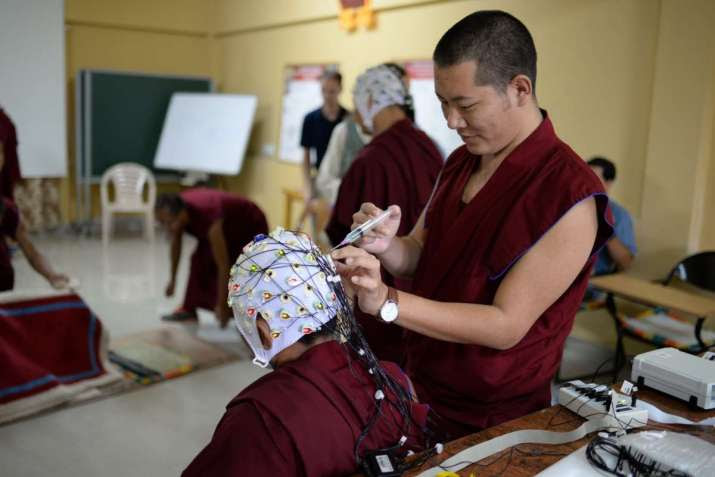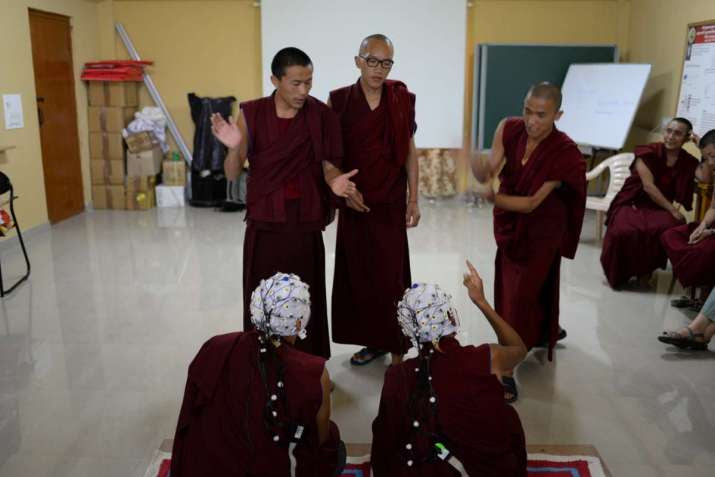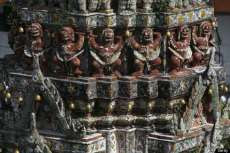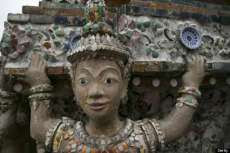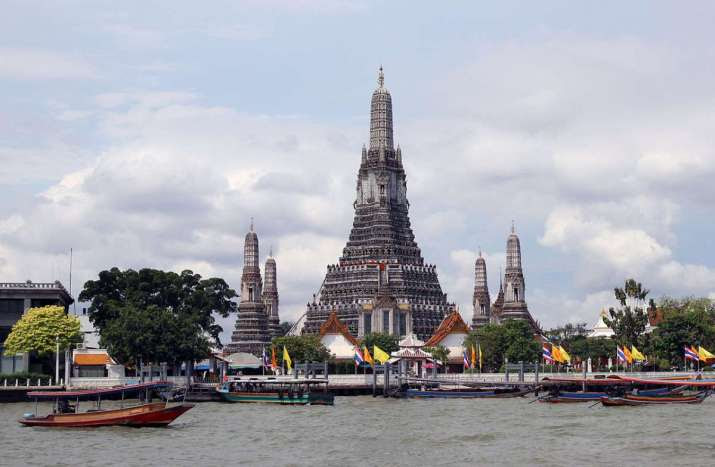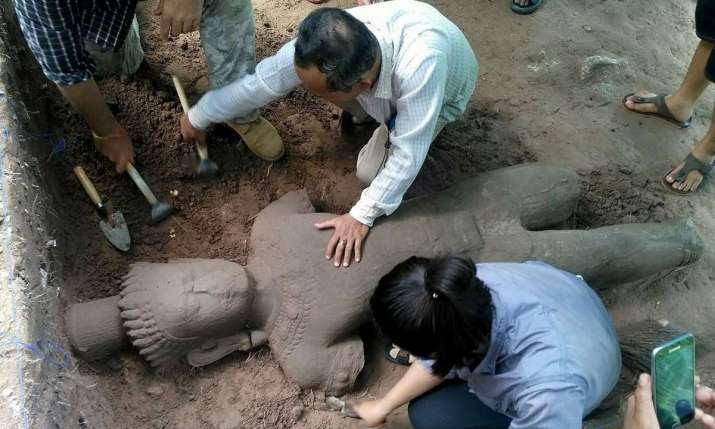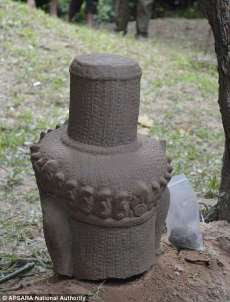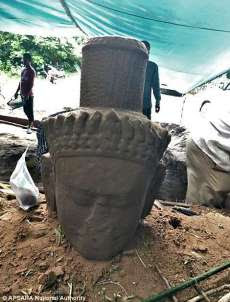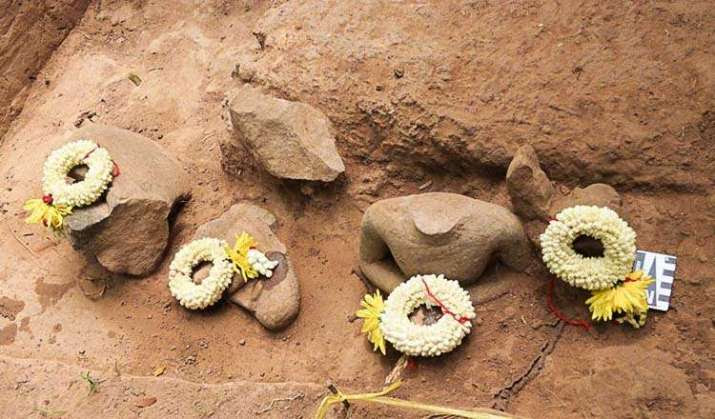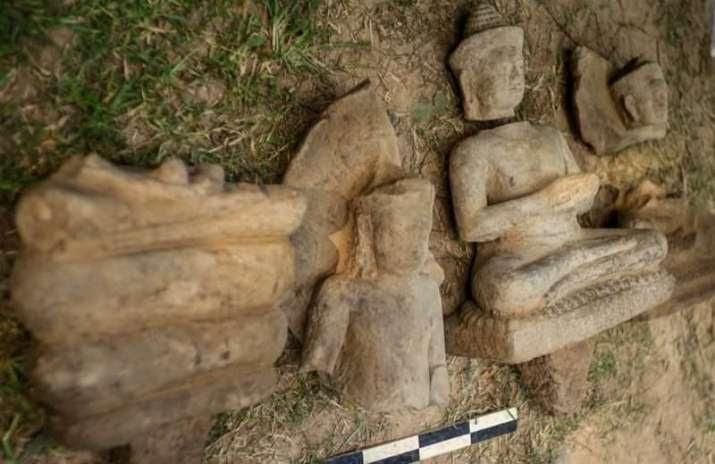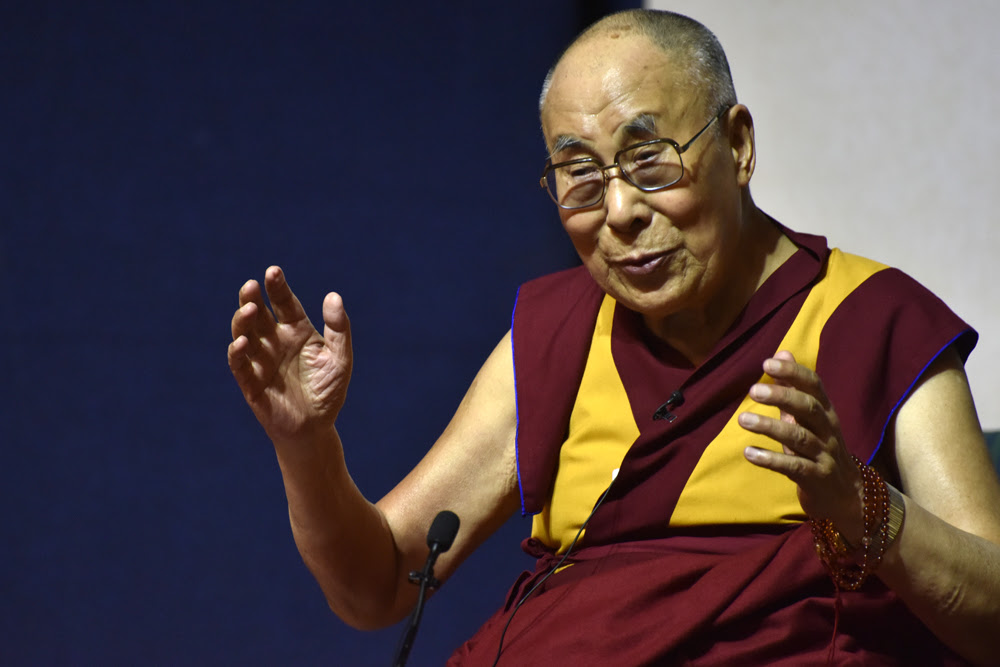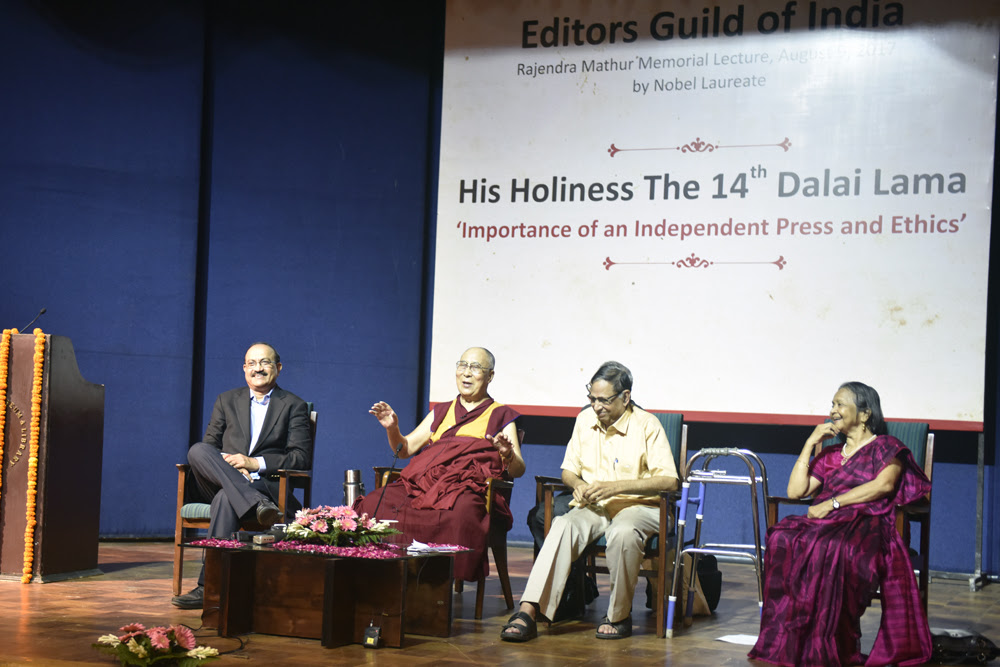Reports of Residential Demolitions at Yarchen Gar Monastic Community in China
By Shyamal Sinha
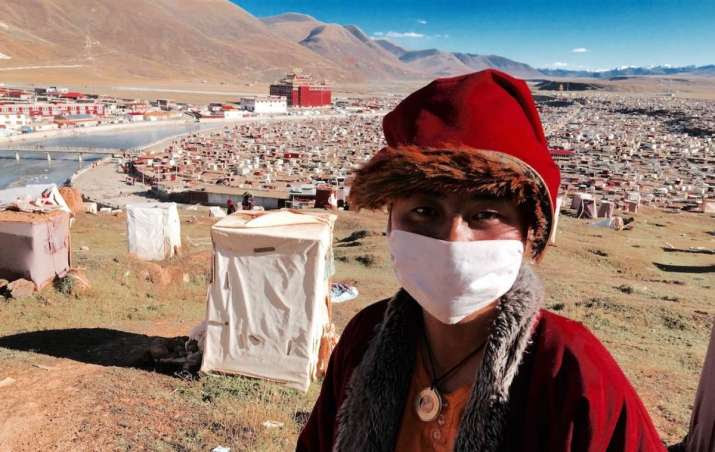
Yarchen Gar officially known as the Yaqên Orgyän Temple, is located in Baiyü County , Garzê Tibetan Autonomous Prefecture , in Sichuan province, China. It lies in an isolated valley 4000 m above sea level. The monastery is associated with the Nyingma tradition of Tibetan Buddhism . With more than 10,000 Sangha members now, it’s the largest concentration of nuns and monks in the world. Most of the Sanghas are nuns.
In the wake of state-ordered action to reduce the monastic population of the world-famous Larung Gar Buddhist Academy in western China’s Sichuan Province, recent media reports indicate that the local authorities have begun a similar exercise at the nearby Yarchen Gar monastic community, with 2,000 residences reportedly targeted for demolition and a corresponding number of monastics to be expelled by the end of the year.
“[The] Chinese authorities ordered the demolition of 2,000 houses of monks and nuns at Yarchen Buddhist Center . . . [by the end of] this year,” Washington, DC-based broadcaster Radio Free Asia (RFA) quoted an anonymous source as saying. “The demolition began on 8 August and the work is said to be ongoing at Yarchen Gar, while the same number of monks and nuns [2,000] are also to be expelled from the Buddhist center this year alone.” (Radio Free Asia)
Situated in a remote valley in Baiyu County, Garzê Tibetan Autonomous Prefecture, in the traditional Tibetan region of Kham, Yarchen Gar is home to an estimated 10,000 nuns, monks, and lay practitioners. The monastery and educational institute was established in 1985 by the abbot, Achuk Rinpoche (d. 2011), a Dzogchen practitioner and one of the most senior Nyingma masters in Tibet.

A Tibetan source quoted by RFA said the demolition order had placed “tremendous stress and hardship” on Yarchen Gar’s Buddhist community. “The demolition will cause a great amount of stress, as many monks and nuns will lack accommodations and be forced to leave,” the source said. “Yarchen monks and nuns are solely focused on Buddhist practice and not involved in any form of politics.” (Radio Free Asia)
Like the better-known Larung Gar Buddhist Institute in a valley to the northeast, Yarchen Gar is associated with the Nyingma school of Vajrayana Buddhism. Indeed, Yarchen Gar’s monastic population has been bolstered by the arrival of evictees from Larung Gar in recent decades. In June, a senior abbot at Larung Gar said that 4,725 monastic dwellings had been torn down over the course of a year, with more than 7,000 demolished since efforts to reduce the population began in 2001, noting that more than 4,828 monks and nuns had been expelled since 2016. Larung Gar Buddhist Academy was founded in 1980 by the respected teacher Khenpo Jigme Phuntsok (1933–2004), and is widely considered to be the largest center of Buddhist learning in the world.
“About 2,000 houses will be demolished this year and around same number of monks and nuns will be asked to leave the complex . . . ” said a senior lama at Yarchen Gar about a week after the demolition work began. (Radio Free Asia)
“Most important is to remain humble and adhere to proper conduct, and things may get better. Also, it is important for all monks and nuns to take care of their health,” the lama is quoted as saying. “The monks and nuns should exercise patience and tolerance under the stress of the demolitions and expulsion orders—this is crucial.” (Radio Free Asia)
In June last year, the government of Sertar County ordered a major reduction of the resident population of Larung Gar monastic college, stating that by October 2017 only 1,500 monks and 3,500 nuns would be permitted to remain. The order followed similar moves in 2001, when the authorities organized a mass eviction of residents from the institute, and in late 2015, when further expulsions were accompanied by an order to reduce admissions to curb the rapid growth of the monastic population, which is believed to have reached as high as 40,000 at its peak. Earlier this year, a local government official stated that the demolitions were carried out to improve safety and public health at the sprawling monastic complex. “The purpose of the renovation is to improve the living standard of the residents there and eliminate fire hazards,” said county government spokesman Jiang Zhiming. (The Globe and Mail)
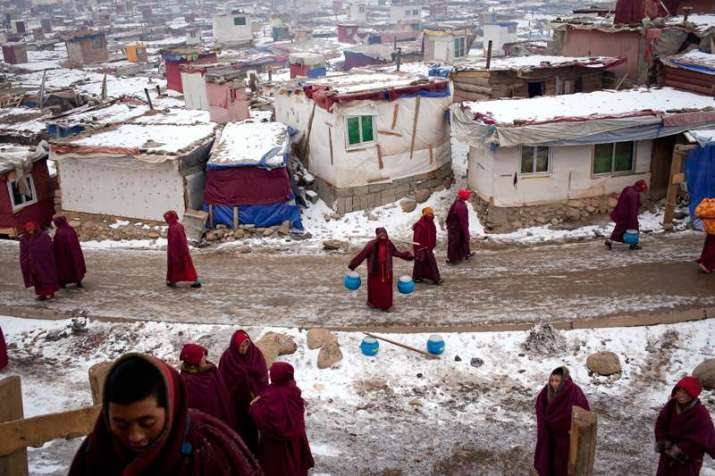
Due to the remoteness of the institute and the bad condition of roads leading there, Yarchen Gar sees very few tourists. In the past years officials have often prevented foreigners from entering the institute or staying there overnight.



